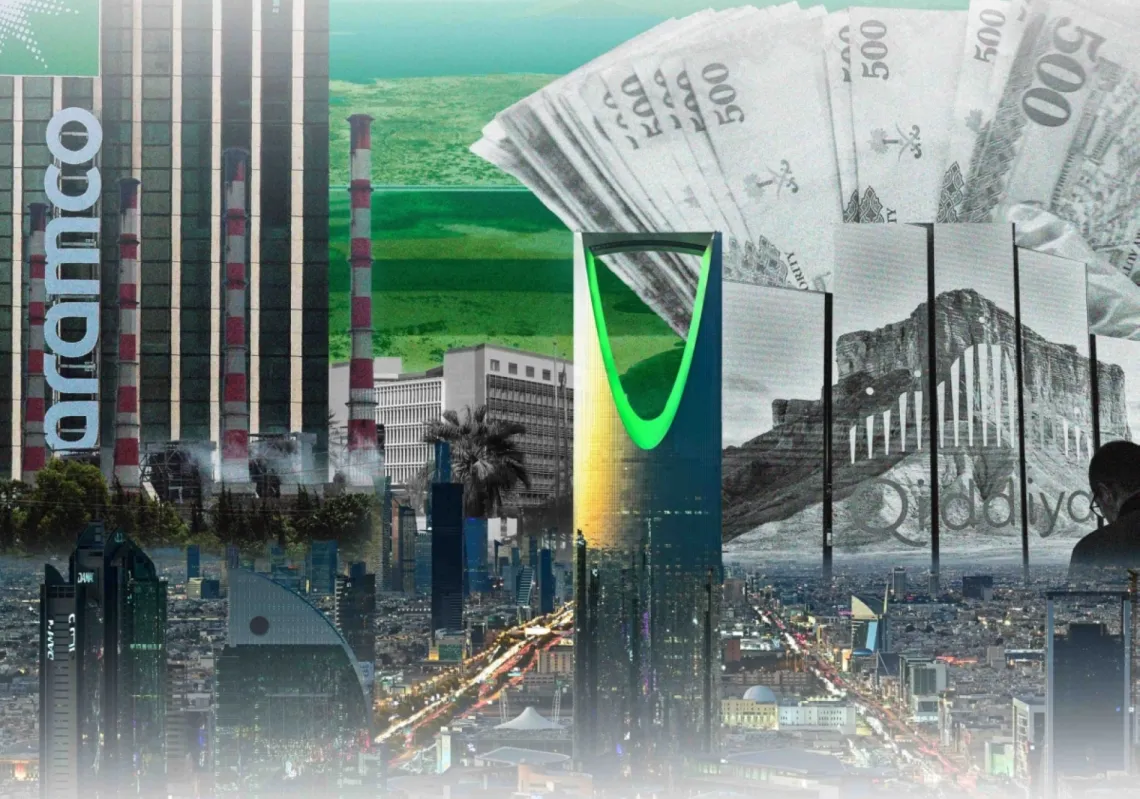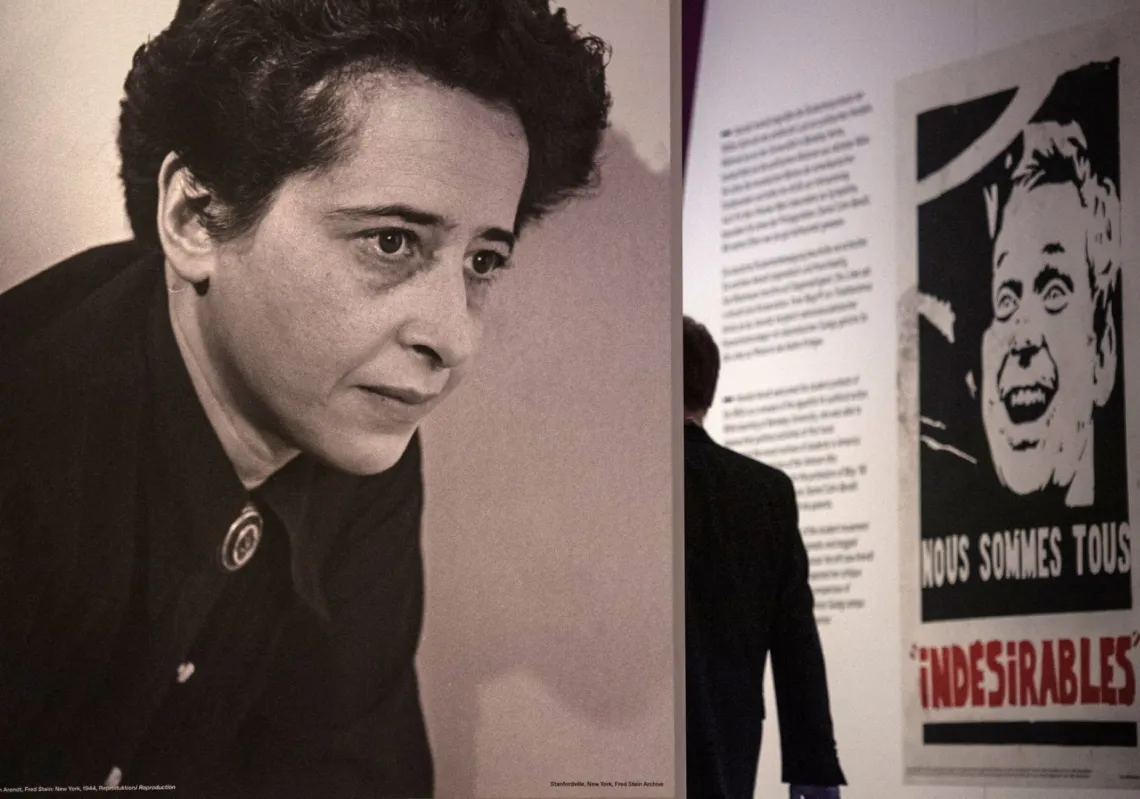 Iranian soldiers take part in celebrations marking the 33rd anniversary of the Islamic revolution at Tehran’s Azadi Square (Freedom Square) on February 11, 2012. ATTA KENARE/AFP/Getty Images[/caption]
Iranian soldiers take part in celebrations marking the 33rd anniversary of the Islamic revolution at Tehran’s Azadi Square (Freedom Square) on February 11, 2012. ATTA KENARE/AFP/Getty Images[/caption]
[inset_left]Revolutionary Iran: A History of the Islamic Republicby Michael AxworthyAllen Lane, 2013.[/inset_left]Iran is a country that, in many ways, proves the old saying that “no news is good news.” When the country does appear in the world’s media, it is invariably a story about hostage-taking, political unrest, nuclear brinkmanship or terrorism.
Michael Axworthy’s new book is a valuable attempt to get behind the headlines and discuss the modern history of the country. Pitched squarely at the general reader, he admits in his introduction that his goal is to dispel many of the misconceptions, misunderstandings and distortions that have crept into Western perceptions of Iran.

In doing so Axworthy focuses mostly on the political developments in the country over the last 35 years, attempting to sum up the trajectory of the country since the 1979 revolution that transformed it from an oil-rich, pro-Western monarchy into the world’s only Shi’ite theocracy and a mortal enemy of the world’s only superpower. This is a tall order for a single-volume history that clocks in at just over 400 pages, and Axworthy mostly succeeds. The pivotal events in the life (up to now) of the Islamic Republic, such as the revolution, the hostage crisis and the Iran–Iraq War, are each worthy of books of their own, but are dealt with concisely but reasonably fully in Axworthy’s account. He also makes skillful use of Farsi sources, incorporating extracts from eyewitness accounts and the work of modern Iranian writers to good effect.
Additionally, Axworthy displays a great deal of sympathy for Iran and its citizens, enough to neutralize the reflexive Western perceptions of the country and its government as belligerent and fanatical. ِِِِِAt the same time, he does not gloss over the paranoia and ruthless cruelty that has often characterized the approach of the Islamic Republic’s government to its enemies.
He also avoids sentimentalizing or romanticizing the country and the struggles it has faced, though he admits an admiration for Iran and its people in his introduction, saying that its citizens are justifiably proud of their civilization’s “great poetry, great music, wonderful food and great rice.” He accepts the view, for instance, that Iran did indeed have a nuclear bomb development program at one point, which some defenders of the country’s right to enrich uranium hotly dispute. He is also deeply critical of Mahmoud Ahmadinejad’s more eccentric behavior, writing of the 2006 Tehran conference of Holocaust deniers that “[perhaps] not since the release of Mel Brook’s The Producers can something simultaneously so appalling, so inadvertently hilarious and so bogglingly tasteless have burst upon the scene.”
The strengths of the book—its brevity and readability—are also to some extent symptoms of its flaws. Throughout the work, Axworthy’s voice is present. It is the voice of someone with a great depth of knowledge of Iran, its politics and society, but one that is indelibly stamped with the author’s own feelings and perspective. In researching and synthesizing the previous three and a half decades of Iranian history, the author has left his own mark on it in this book, sometimes uncomfortably close to the surface. This, however, is a minor quibble, and is much more a question of tone than substance.
Overall, this is a useful book. A reader unfamiliar with Iran can be confident that they will have gained new insight into its domestic politics and relations with the outside world upon finishing it.








